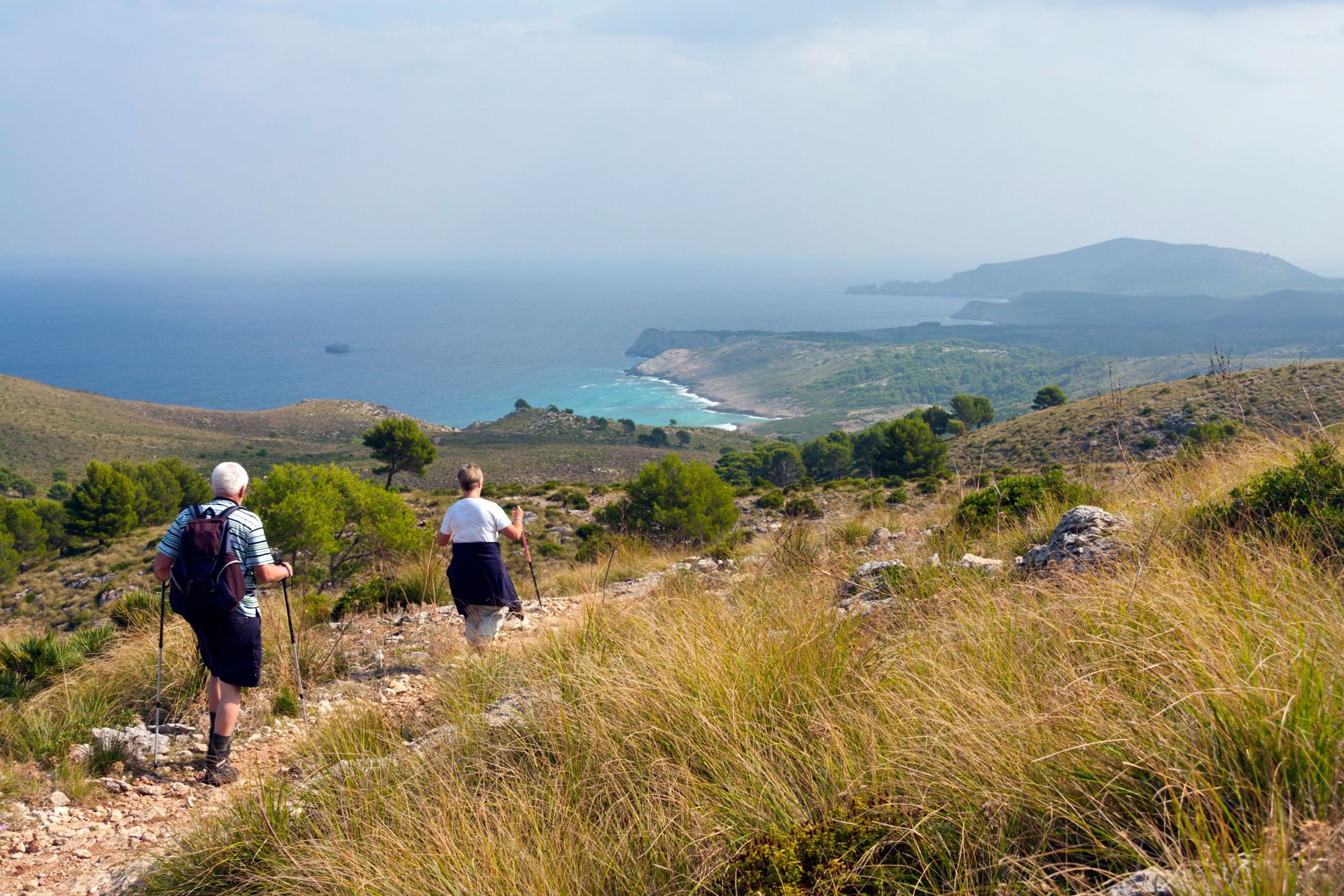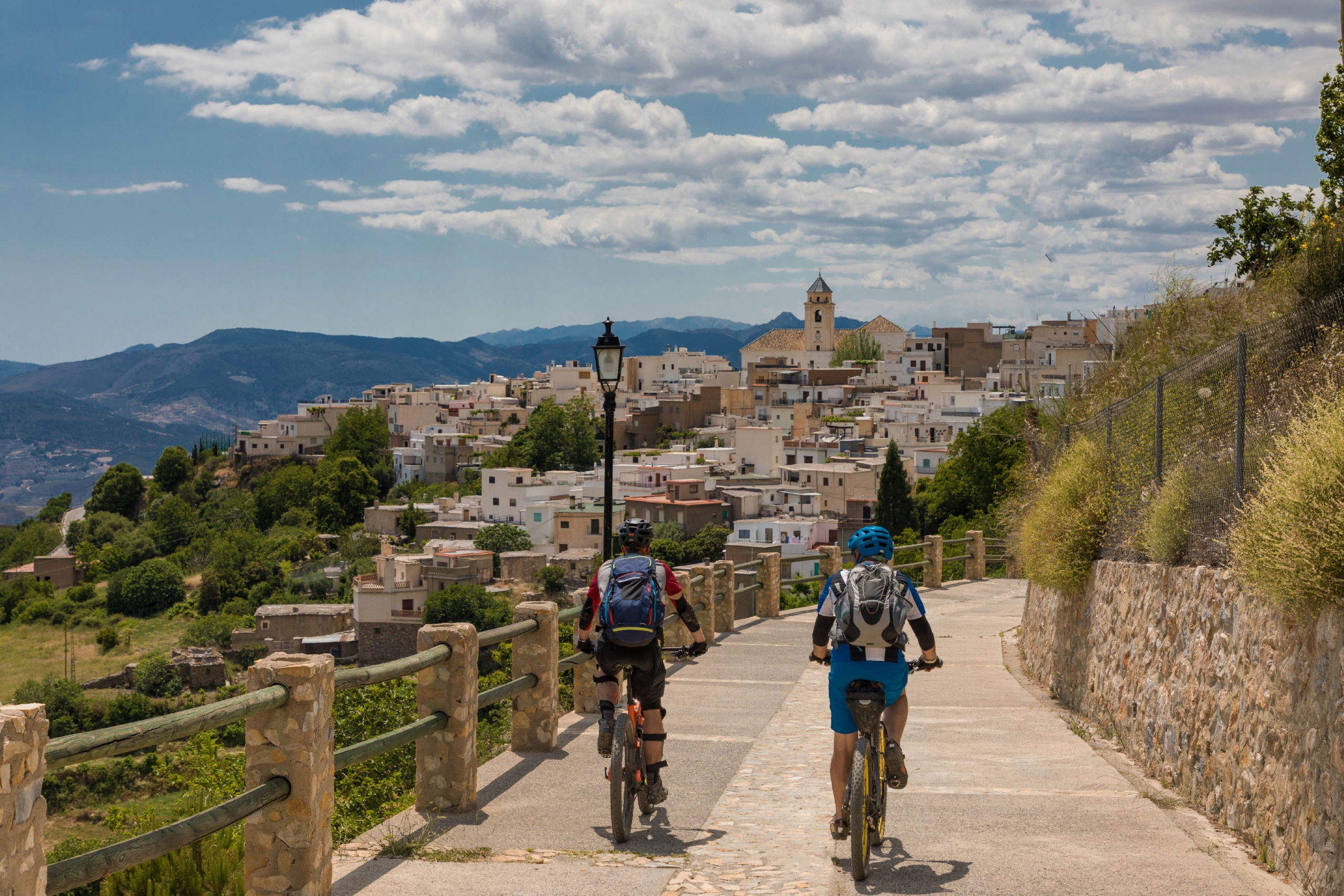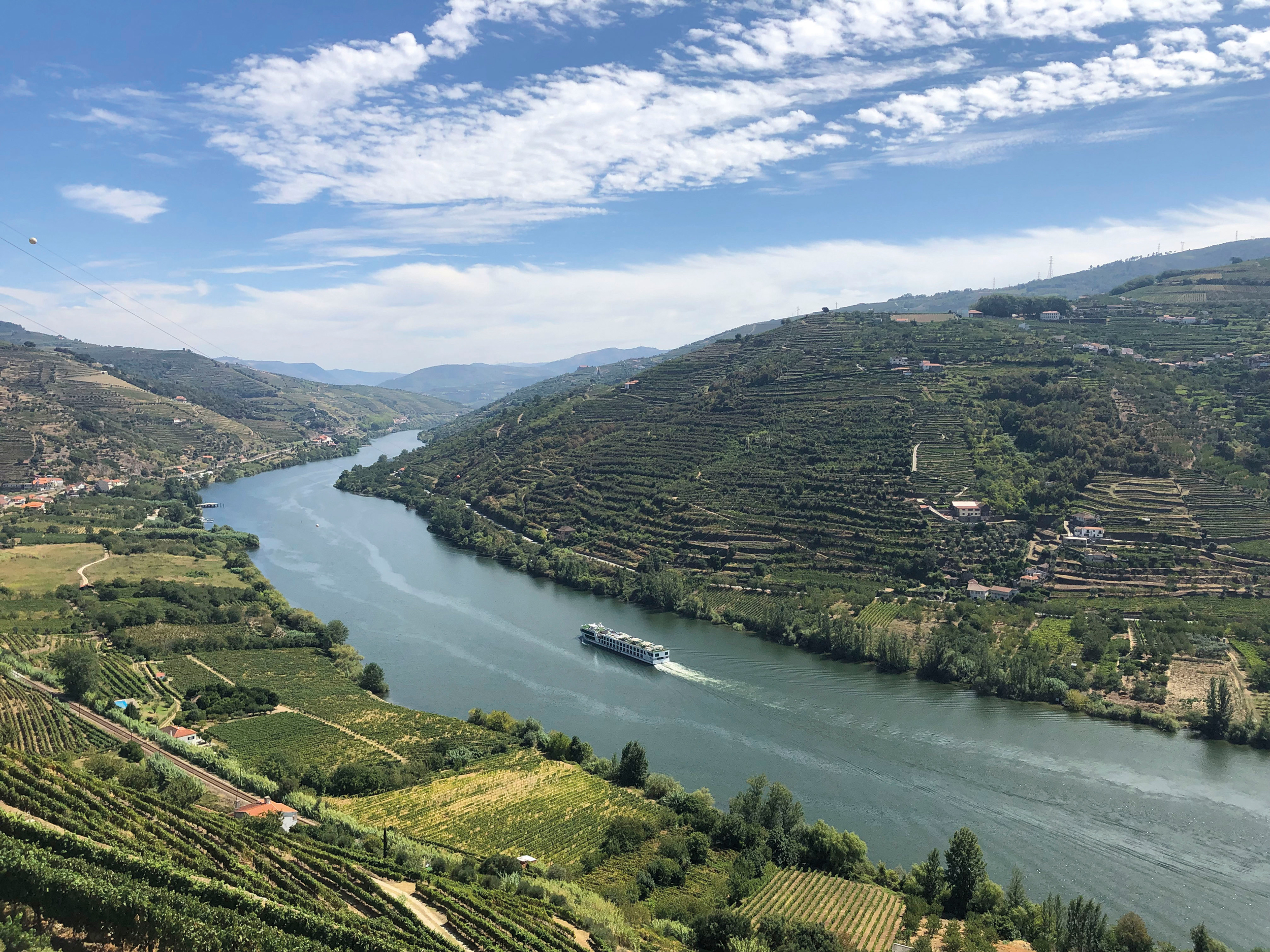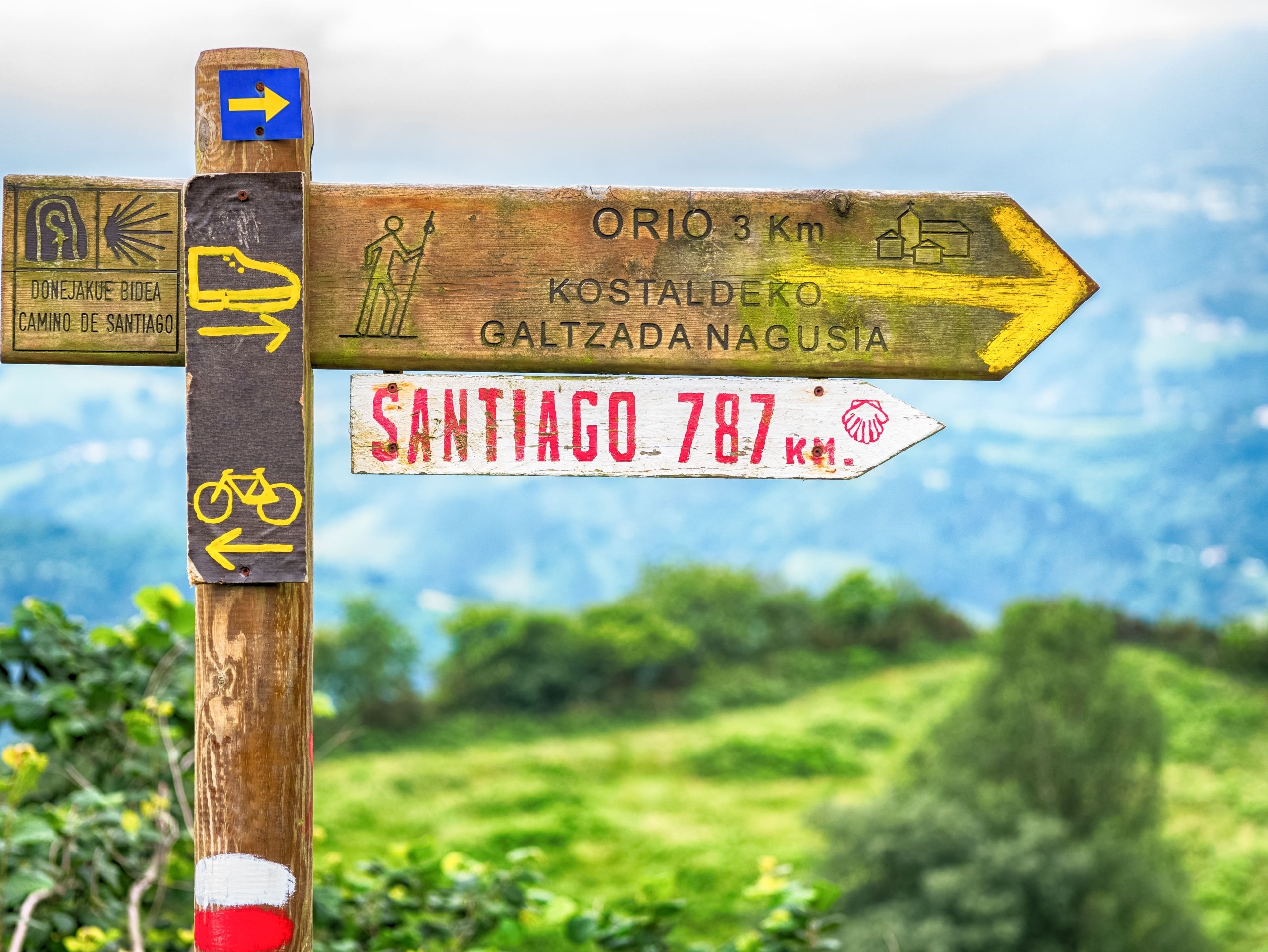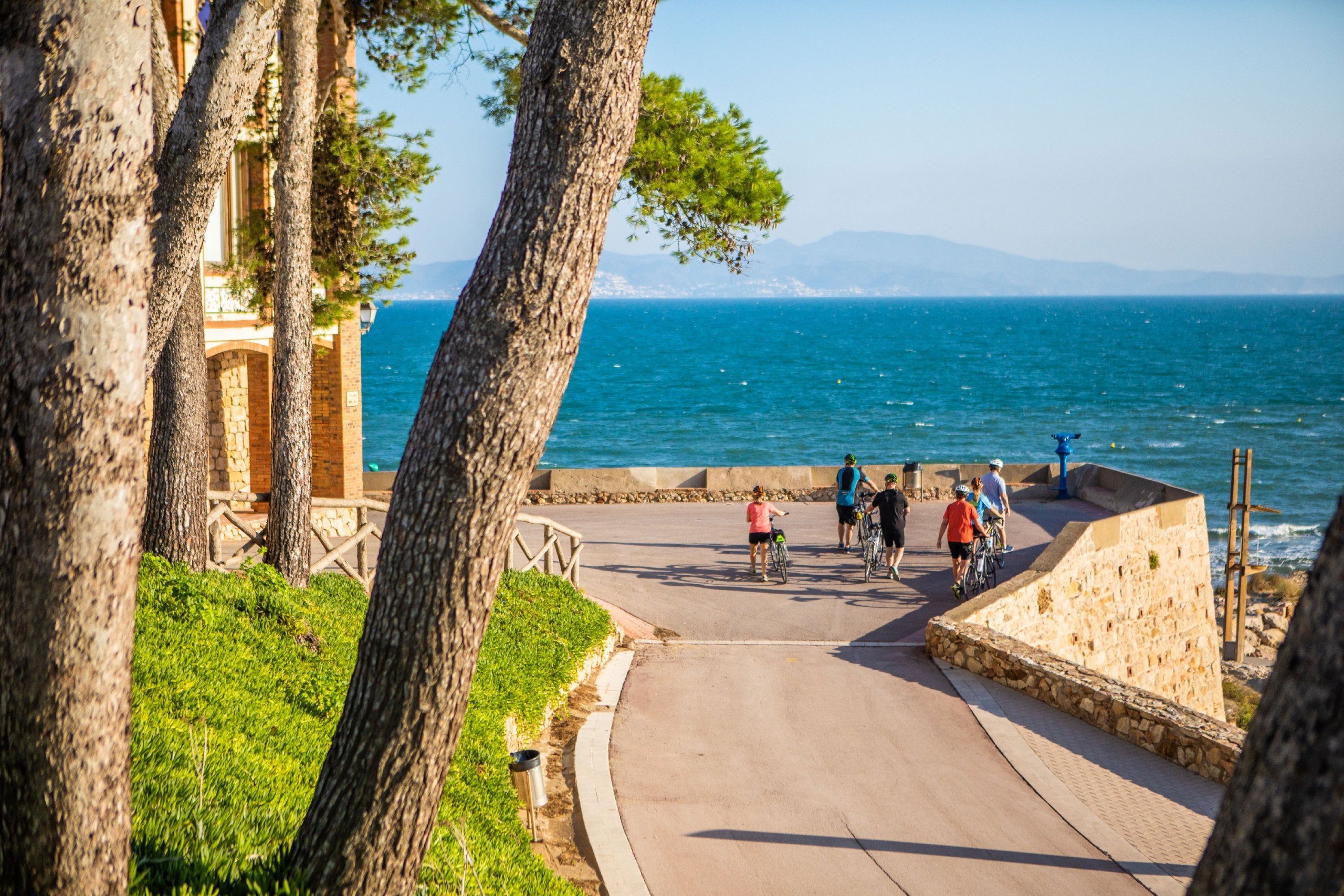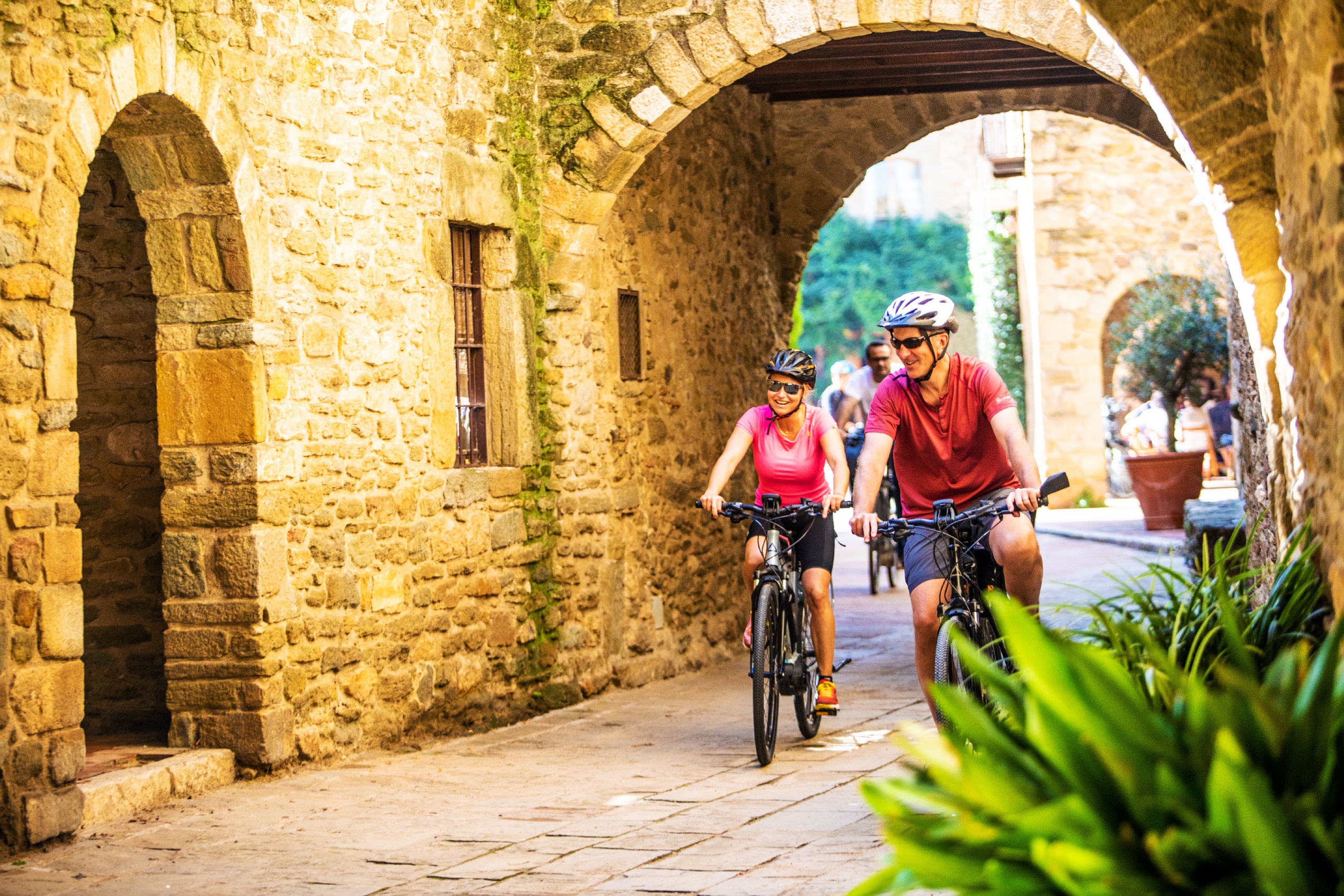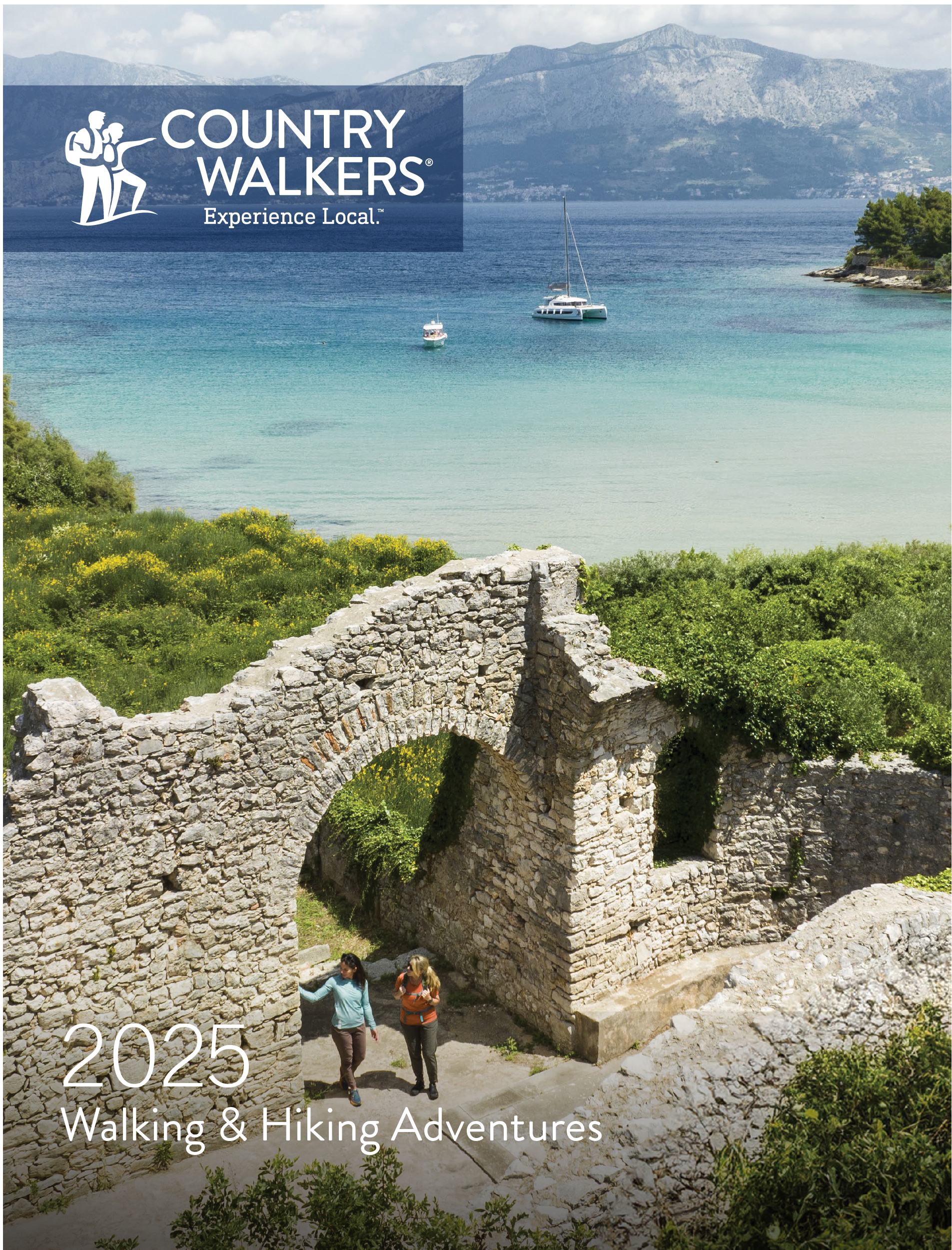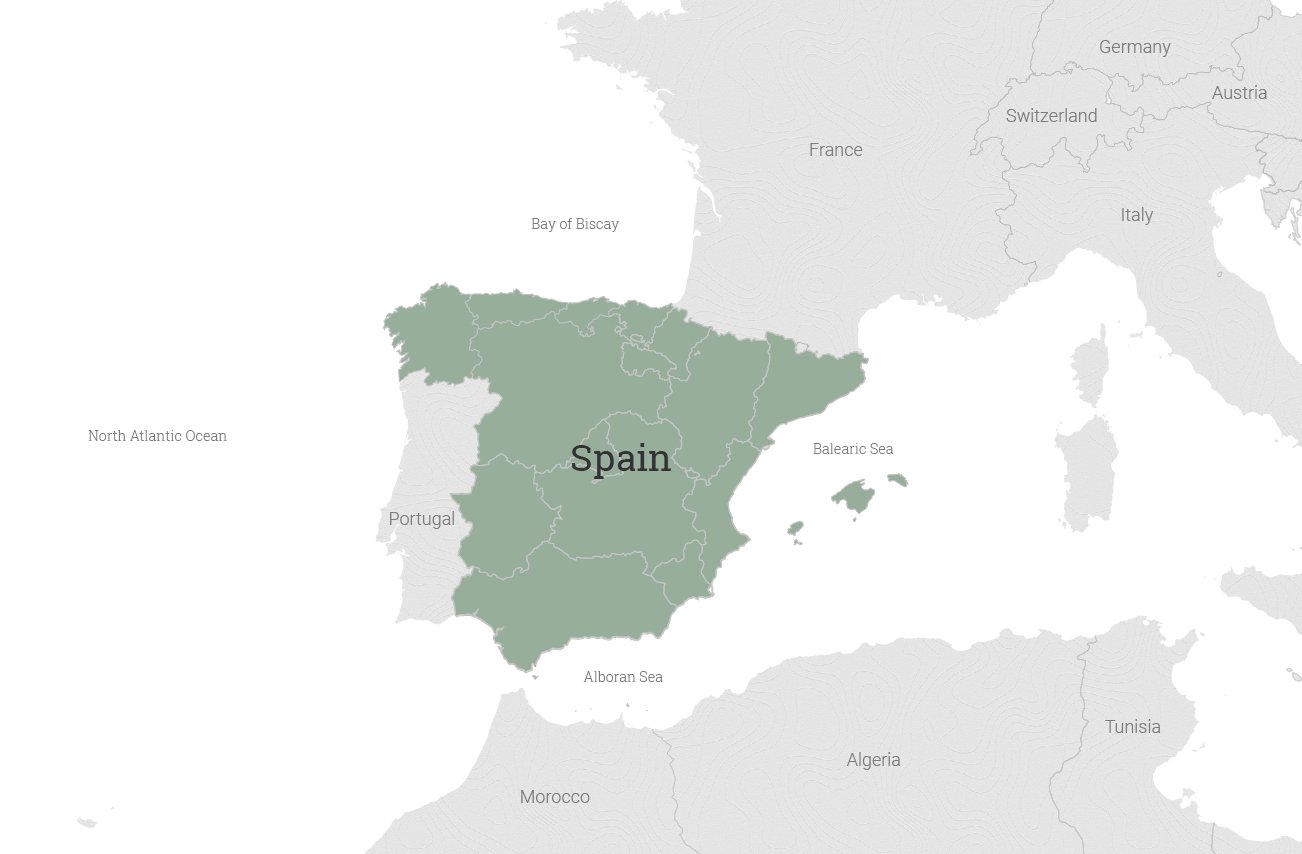
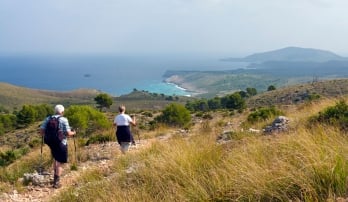
Spain: Balearic Islands, Mallorca & Deià
Guided Walking
Surrounded by the clear turquoise waters of the Balearic Sea, Mallorca is a walker’s paradise. Exploring all corners of the island, your local Mallorquin leaders will introduce you to an award-winning winery, as well as the elegant art galleries and incomparable cuisine that make this island paradise a delight for the senses.
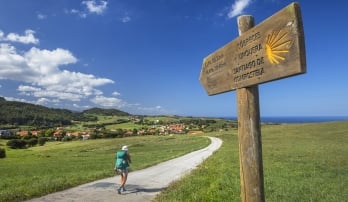
Spain: Landscapes from the Camino de Santiago
Guided Walking
Immerse yourself in the history and cultures of northern Spain as you explore scenic local paths and highlights from the Camino de Santiago, the Way of Saint James. Start in the heart of Basque Country, then walk along the dramatic coastline of Cantabria and into the wild green hills of Galicia—ending in Santiago de Compostela.
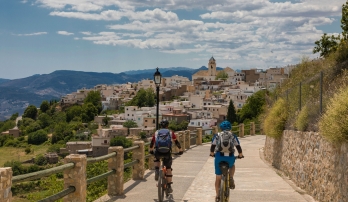
Spain: Andalusia, Córdoba & Granada
Guided Biking
While other bike tours dabble in Andalusia, this comprehensive Andalusian cycling vacation brings you right to its heart. You’ll cycle the famous Ruta Del Vino wine road, spin past white-washed villages, and stop at an authentic, Andalusian cortijo for lunch with VBT’s local friends.
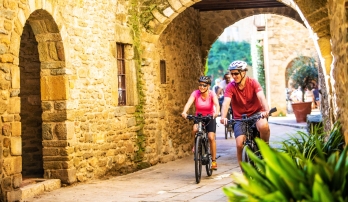

Spain: Girona & Costa Brava
Guided Biking
With our deep Spanish roots, we bring you the authentic Catalonia—on easy cycling routes and low-traffic country roads that others miss. Spin through ancient medieval villages and experience the sophisticated side of Costa Brava—where artists such as Salvador Dali made their indelible mark.
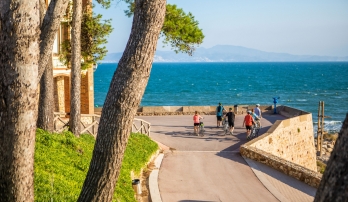

Spain: Barcelona & Costa Brava
Self-Guided Biking
The hills along Spain’s Costa Brava are a famous training ground for professional cyclists—and with this innovative self-guided cycling vacation, they’re also well within reach for riders at all levels of ability. Stay in authentic, boutique hotels and enjoy splendid Spanish wines, seaside sunsets—and dinner in a Michelin-recognized restaurant.
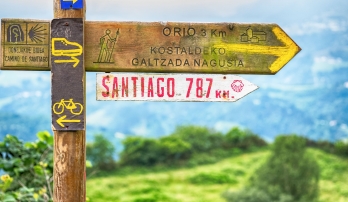

Spain & Portugal: Coastal Camino de Santiago
Guided Biking
To cycle the coastal portion of the Camino de Santiago from north to south, this VBT vacation is the only game in town! On this historic route, you’ll experience the charm of Spanish traditions during your stay at a peaceful Relais & Châteaux property—once an 18th-century paper mill—and meet VBT’s many local friends.
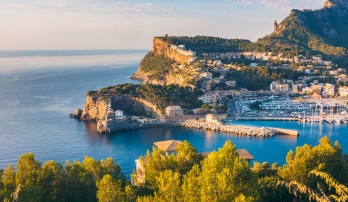

Spain: Balearic Islands, Mallorca & Ses Salines
Guided Biking
Magnificent coasts and soaring mountains. Lush vineyards and pristine salt marshes. Our Mallorca cycling tour reveals the island’s many faces.
Discover Spain
The graceful terrain, sprawling vineyards, and sleepy whitewashed villages of Spain offer travelers here some of the most pleasurable walking experiences in all of Europe. At once breathtaking, mysterious and wholly engaging, your walking tour of Spain will guide you across quiet farm country, through green and golden grasslands and past of fields of sunflowers that stretch to the horizon.
The unspoiled fields and emerald green hillsides add a shimmering sheen to the Basque country, where you can stroll through the vast olive groves that yield ingredients utilized in the region’s wonderful cuisine. Sample quintessential dishes like bacalao a la bizkanina—salt cod gently sautéed in olive oil and dressed with a sauce of red choricero peppers, or marmitako—the gently spicy stew made from local potatoes and tomatoes, often served with fresh tuna from the nearby Cantabrian Sea.
Spain’s cities offer up their own pageantry, a rich blend of mosque-cathedrals and palaces, lively tapas bars, and raucous flamenco halls where the country’s unparalleled culture of hospitality is always palpable.
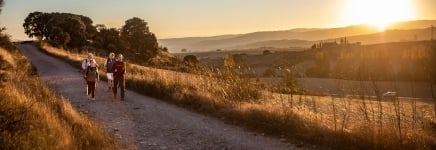

Country Highlights
- Follow in the footsteps of pilgrims along the Camino de Santiago.
- Sample the succulent flavors of small-plate tapas at a typical tapas bar.
- Explore the medieval roads, bucolic farmlands, and centuries-old monasteries of Basque country.
- Sip red Rioja or white Txakoli wine after a rewarding day of walking.


Experience Authentic Flamenco
In southern Spanish cities like Granada and Seville, you’re more than likely to witness a heartfelt outburst of flamenco in a bar or public square. Southern Spain’s proud musical tradition is recognizable by the sound of clapping hands, melancholy singing and the vocal encouragement of those fortunate to be gathered for the moment of magic.


Visit a Rioja Winery
Explore La Rioja, one of Spain’s most famous winemaking regions, where the vintage is less than a drink and more of a shared culture. Here the use of handmade oak barrels a centuries-old aging process help to bring a distinct vanilla flavors to Rioja’s range of wine selections.
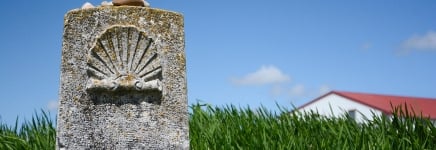

Camino de Santiago de Compostela
Follow El Camino de Santiago—one of the most important Christian pilgrimage routes during the Middle Ages—a beautiful hiking experience that remains popular today for pilgrims and secular travelers. The trail follows earlier Roman trade routes, and traverses mountains, fields and ancient villages before concluding in the Spanish city of Santiago de Compostela in Galicia.
Expert Local Leaders
Experience your destination like an insider with people who call it home.
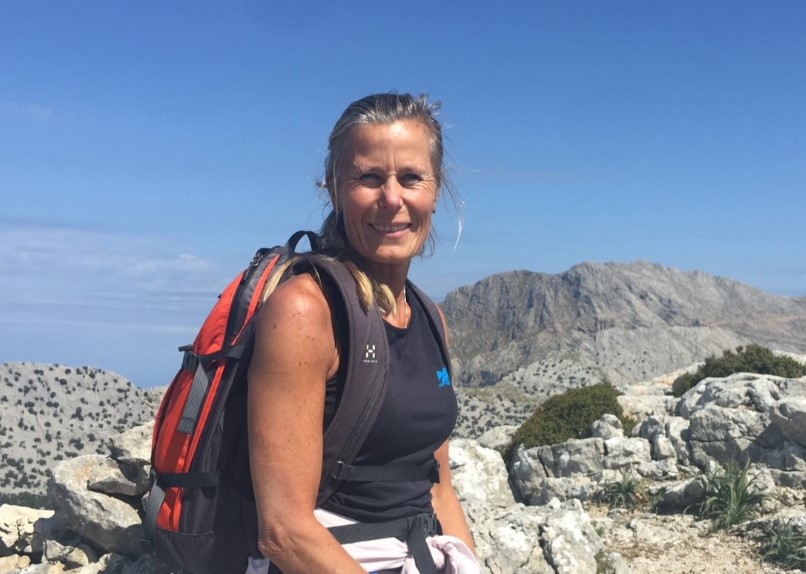

Helle Wikstrom
A trained nutritional advisor, personal trainer, and ski instructor, Helle is a native of Norway, and divides her time between Sweden where she grew up, and her adopted home of Mallorca. Helle is passionate about introducing people to Mallorca’s incredibly diverse landscape but also spends time each summer reconnecting with and sharing her Nordic heritage. With a personal motto “better outside than inside,” Helle spends most of her free time trail running in Mallorca’s lush mountains.
Stories from Spain
View All Stories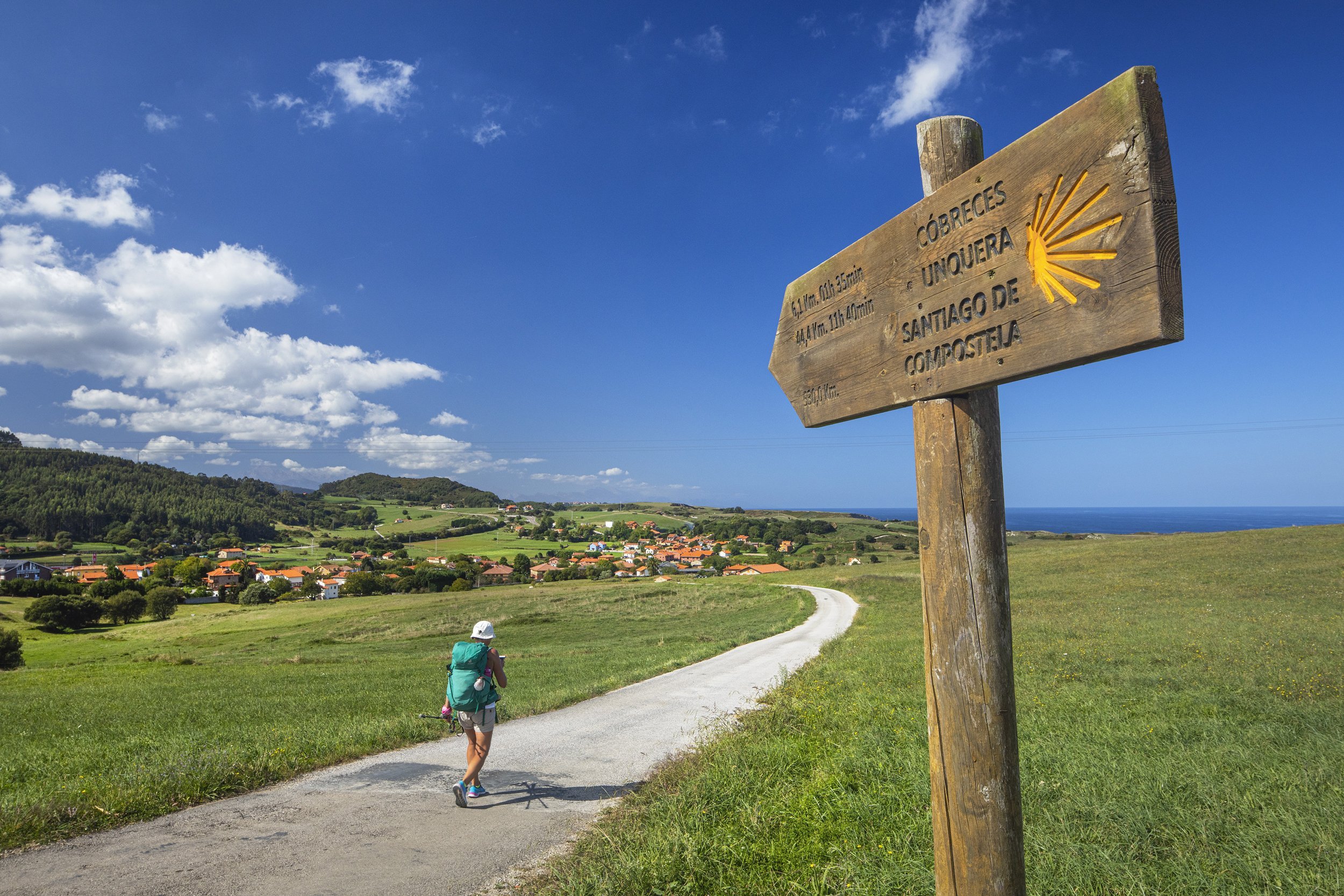

More Than a Pilgrimage: The Camino de Santiago is For Everyone
To craft a Country Walkers adventure that brings the flavor and history of the Camino de Santiago to life, we picked scenic walks that are off the beaten path when...
Read Story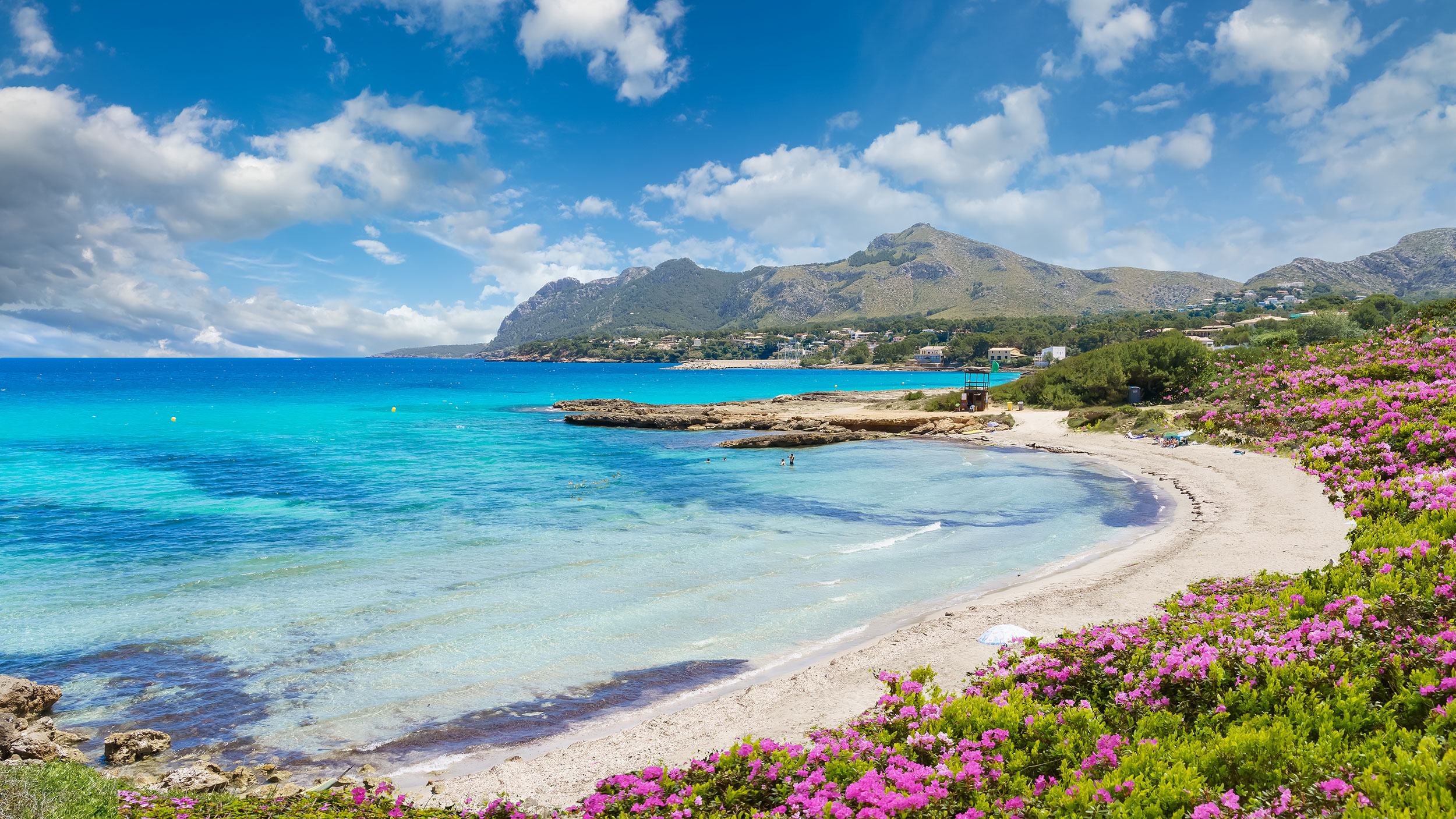

We’ll Let You in on a Little Secret: Mallorca is For Hikers
Despite its alluring reputation, fewer travelers know about the extensive network of well-maintained walking trails that make Mallorca a superb destination for hikers....
Read Story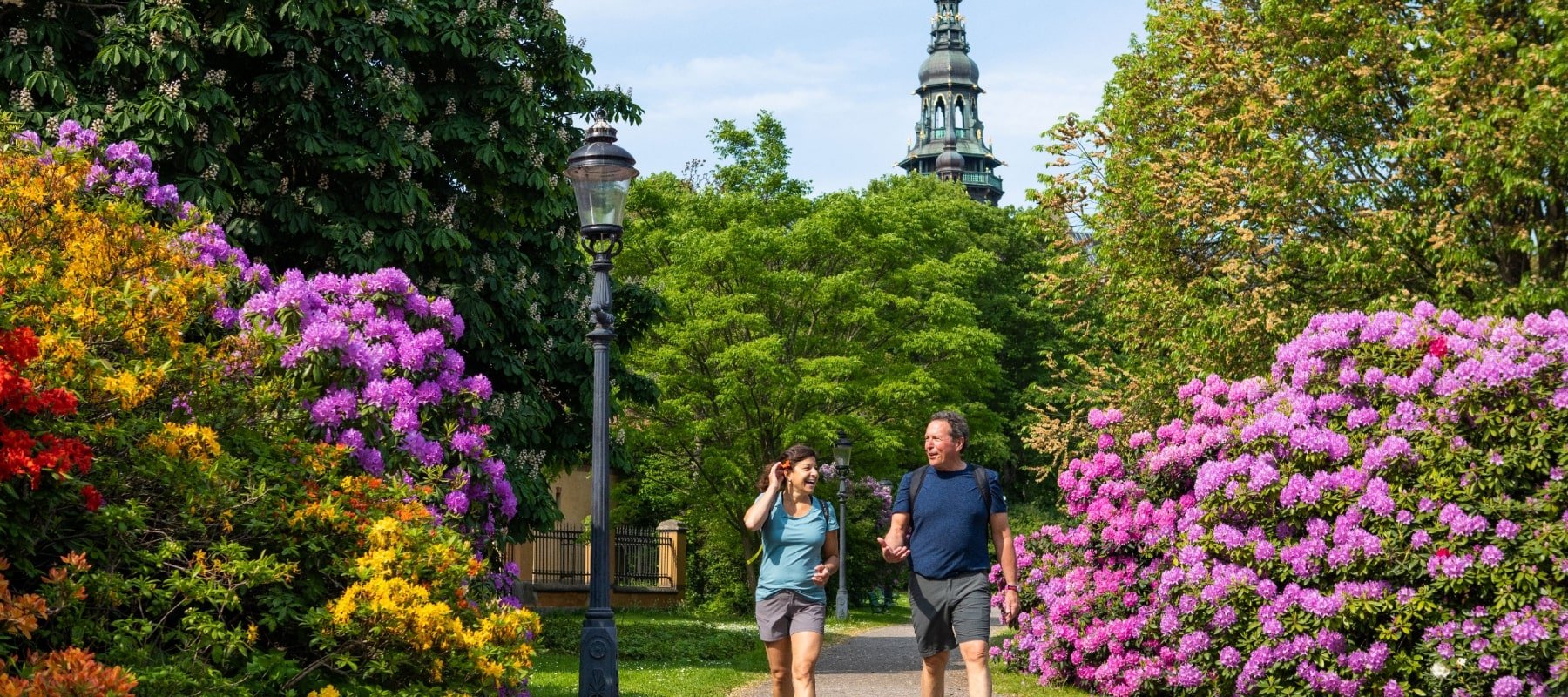

The Best Low-Impact Tours That Are Easy on the Legs
Many passionate hikers are looking for walks that will send their spirits soaring without leaving their feet (or ankles, or knees) sore. Something free of uneven terrain, loose gravel, or...
Read StorySpeak with a Tour Consultant
Have questions? We’re here to answer them.
Mon-Fri 8:30 a.m. to 6:30 p.m. ET
Be the First to Get News & Special Offers




